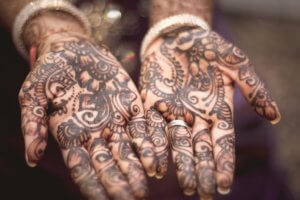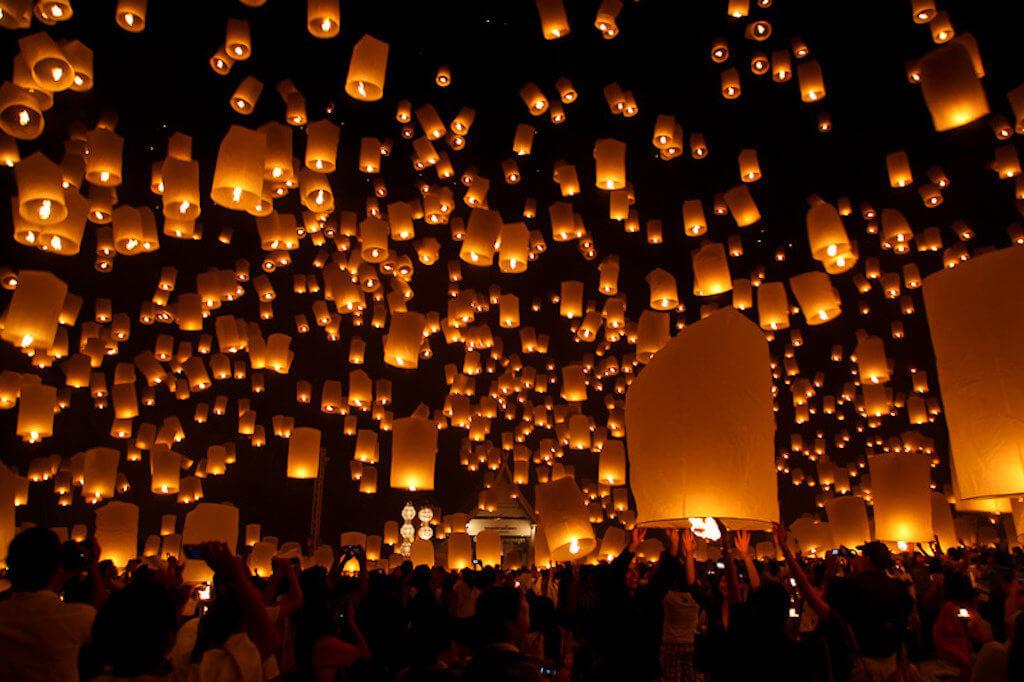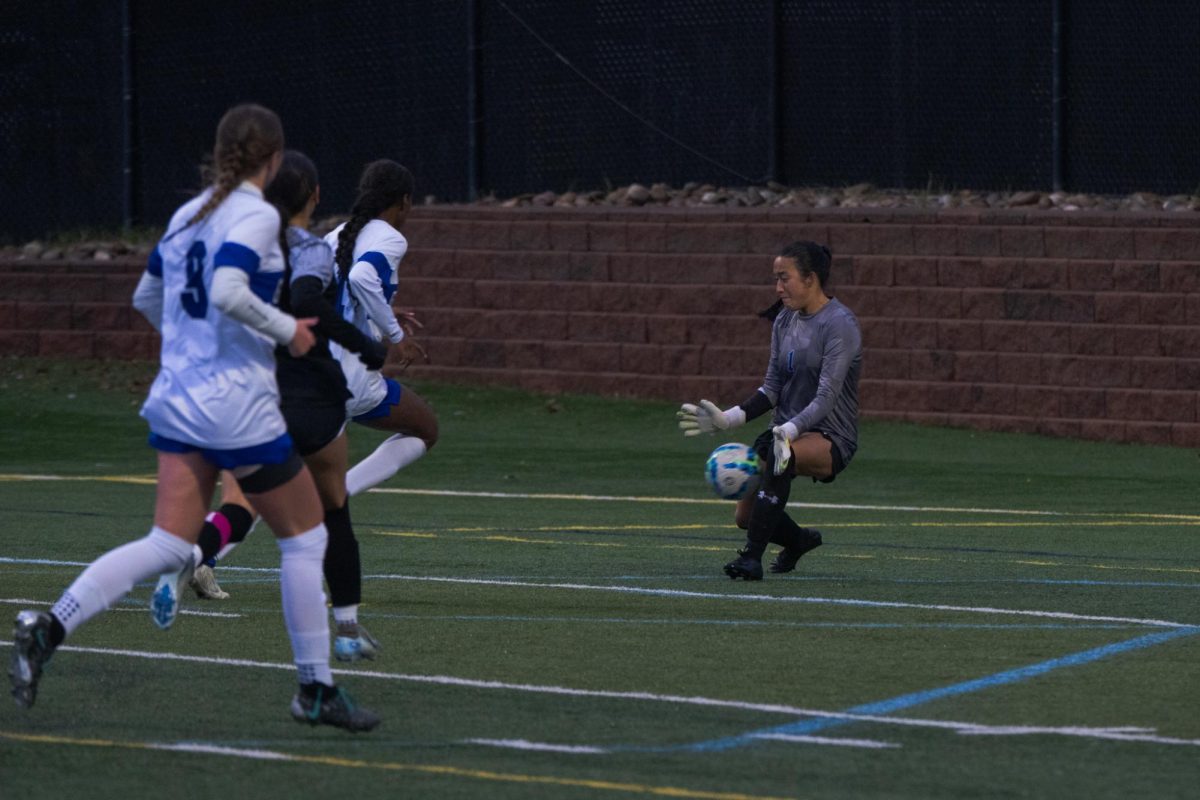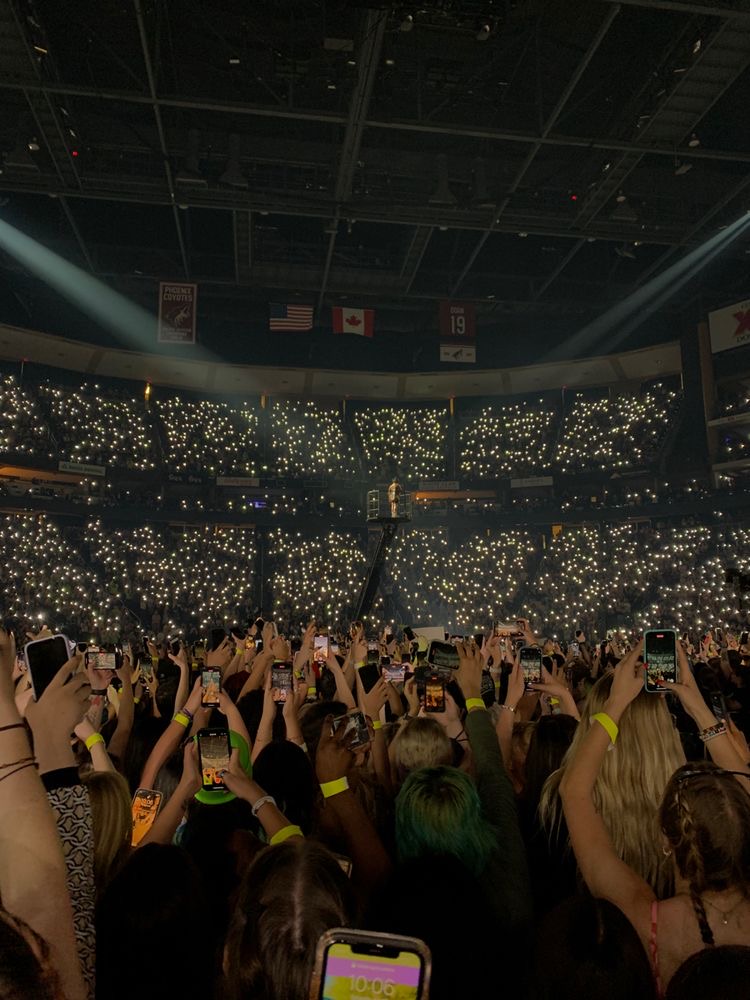White girls in áo dài (pronounced ow-yai)
Ask me what the weirdest thing I’ve ever seen is, and that’s the answer you’d get. And no, it’s not because it was visually disturbing, or gross, or weird in any of those common meanings, but it was weird in the sense that it was unexpected, and made me feel an edge of protectiveness over my culture I had never felt before.
Áo dài directly translates to “long gown”, and is commonly worn by Vietnamese women for all kinds of occasions–from casual days strolling around the marketplace to your very own wedding day. Having been around for thousands of years, it’s a fundamental piece of Vietnamese history and culture.

So here they were, two common white girls, walking around the shopping centers of Saigon, adopting—no, “appropriating”—one of the biggest traditions of my culture! I mean, they didn’t know the language, they probably didn’t understand the traditions behind the gowns, heck—they probably didn’t even know how to pronounce the elegant gowns they were wearing!
I’ve always heard of and read the Twitter rants on cultural appropriation, but I had never experienced it firsthand.
So yes–for a while, I was reeling in discomfort and anger and frustration and annoyance.
But somehow, that changed. Somewhere during the midst of my daily mind trips to La La Land, I came to realize that these girls had done nothing wrong, and that I had no right to be offended.
I mean, here they were, enjoying the peak of their summer vacation to one of the most beautiful countries in the world where they felt the inclination to imitate and blend in with the culture. Was that something to really fault them for?
As humans, we’re naturally inclined to follow and imitate trends we find “pretty” or “cool”–and yes, that includes adopting elements from cultures that align with our interests.
In a survey on how people defined cultural appropriation, most agreed that cultural appropriation was the adoption of a cultural element without knowing the history behind said element.
Take for instance, a trend you’ve probably seen flooding your social media feed and printed across every available surface at Coachella–the henna tattoo.

Scientifically known as lawsonia inermis, the henna is a flower commonly found in Northern Africa and Western and Southern Asia.
The dye of the flower has been used to create intricate designs, traditionally in South Asian and West African ceremonies and marriages, symbolizing joy, spirituality, and beauty.
So when people of more dominant cultures adorn themselves with henna tattoos, is it cultural appropriation?
According to social media users’ outcries regarding the tattoos at Coachella, this is cultural appropriation-and disrespect.
But what separates cultural appropriation from cultural inspiration?
They’re so closely related that it’s nearly impossible to distinguish the two without being hypocritical.
As mentioned before, people are naturally inclined to imitate and adopt things they like. So can you really fault someone who just so happened to stumble across a henna design, appreciated it’s intricacy, and got it inked onto their hand without knowing the thousands of years worth of history behind the design?
Because if you can fault them, then I can fault you for listening to trap when you didn’t grow up in “the hood”.
And you know that cute floral kimono you bought from Forever 21? Yeah, that’s one culture stripping an element of another culture and devaluing its significance for the purpose of profit.
And what about that yoga class you attend on a weekly basis? Are you an expert on the roots of the 10,000 year old craft? Do you understand every significance, every development, and every origin of the hundreds of asanas practiced in yoga?
If you really want to get technical, yoga in itself is a culprit of appropriation. Some of the most common yoga practices (like jumping to transition in and out of poses) have roots tracing back to ancient Danish, Scandinavian, and British gymnastics; and yet, all credit goes to South Asia.
The point is that you can’t fault someone for appropriating a culture–the lines are too blurred between cultural appropriation, appreciation, and celebration for there to be a definite barrier separating what’s right and wrong.
While it’s true that majority cultures adopt things from minority cultures that they discriminate against, that addresses a different issue entirely.
It’s fine for you to get a henna. It’s fine for you to listen to trap or wear a kimono or practice yoga.
What’s not fine, however, is when you get a henna, but sneer at an Indian woman who wears a safi. What’s not fine, is when you wear a kimono, but call someone a “chink”. What’s not fine, is when white people listen to trap but ignore the oppression, racism, and hardships that black culture still faces today.
Cultural appropriation in itself, isn’t a bad thing. It’s when it’s mixed with selective discrimination that it becomes offensive and disrespectful.
If you’re going to appropriate a culture, you have to embrace all parts of it. No, this doesn’t mean you have to scour through hundreds of encyclopedias learning about the cultural significance and origins of the henna tattoo before you can get one, but you should acknowledge and embrace all aspects of South Asian culture with respect.
Going back to my trip to Vietnam, I eventually concluded that it was irrational for me to feel offended to see these girls wearing áo dàis. In fact, thinking back on it now, I feel rather proud that I am part of such a beautiful and rich culture that people find pretty enough to “appropriate”.
Cultures around the globe grow, improve, and learn by adopting cultures from one another. It’s how we learn to understand and accept each other in such a big and diverse world. When someone “appropriates” an element of another culture, it doesn’t make them wrong–it makes them human.








![Baseball Defeats Smoky Hill 11-3 on Senior Night [PHOTO GALLERY]](https://ghschronicle.com/wp-content/uploads/2025/05/Chau_BSB_Smoky-Hill-022-1200x800.jpg)
![Executive Order: Ending Radical Indoctrination in K-12 Schooling [OPINION]](https://ghschronicle.com/wp-content/uploads/2025/04/Screenshot-2025-04-23-at-2.51.41 PM-1200x674.png)






Scott Hunsaker • Dec 6, 2018 at 11:14 am
Commercializing aspects of a culture is a viable business tactic of inclusion and is in no way promoting racism. To even insinuate that is blatantly apparent of a mindset of offense and is not proven via any statistic. To completely base your opinion off the thought of one person in a YouTube video is an under developed claim that needs more support to be considered. Even if an aspect of a culture is rendered simple by a product that no way harms the culture or widespread values of it and as such does not promote a racism mentality.
Lain Iwakura • Dec 18, 2018 at 9:38 pm
All racism stems from a misunderstanding of what a culture or other from of people entails, and when your culture is misunderstood by the population at large by deeply-entrenched cultural notions, that pretty much inevitably leads to racism of some kind for the profit of corporations. It’s typically not explicit racism, but it does set up uncomfortable misconceptions (and sometimes prejudices, depending on how specifically a culture is presented) that take time and experience to be overcome.
Also, the video I linked is just an individual, particularly well-explained case study that avoids controversial language, that’s why I linked it. And even if it was my only basis for my view, you would still have to debunk the claims made by the video itself. Regardless, though, you can see similar products that massively oversimplify given cultures everywhere, and if you mean to tell me that those don’t A) frequently reinforce and reflect stereotypes of what a given culture is, and B) likely have similar stories of incredibly specific aspects of a culture being exaggerated by corporations that led to their creation and spread throughout our culture, you’d have to give me a more conviencing alternative than that.
morgan shepard • Oct 11, 2018 at 9:58 pm
Great job. I enjoyed reading something on this website finally. However, if I could recommend something you should write something on the racism that you described in this.
Lain Iwakura • Oct 11, 2018 at 2:10 pm
Assuming the intend meaning of cultural appropriation was how it’s used by idiots now you’d be right about this, but that’s not the case. The criticism cultural appropriation is meant to make is that it commoditzes other cultures and strips them of their nuances, value, and humanity. Simply taking an idea form another culture isn’t cultural appropriation, or at least it shouldn’t be treated as such, and isn’t by anybody that knows what they’re talking about. However, something like taking abstractions of another culture that lose all of their significance and detail in the name of raw aesthetics (Halloween costumes of the stereotypical Mexican, for instance) both strip the cultural artifacts involved of their significance and subconsciously feeds into racist mentalities by creating associations between simplicity and other cultures. There’s an excellent YouTube video that explains this in detail through the case study of the appropriation of so-called “world music” (though it doesn’t actually use the phrase “cultural appropriation,” but it’s obviously what the video is about) called Neoliberalism, World Music, and Corporate Aesthetics, which I highly recommend.
Anonymous • Dec 6, 2018 at 11:21 am
It’s funny how, when Keziah Daum wore a traditional chinese dress to prom, people who are actually from China supported her. What about when a white person goes on a college campus in a sombrero and poncho gets yelled at for cultural appropriation by Mexicans on campus, yet when he goes to a mainly Mexican part of town, they think it looked good. People can wear what they want, when they want. Get over it. I mean, what is your point in saying something is cultural appropriation? Do you want that person to be punished? We have this thing called freedom of expression and frankly, no free thinkers care about what others think they should and shouldn’t do. Quit virtue signaling.
Lain Iwakura • Dec 18, 2018 at 9:25 pm
I think your interpretation of cultural appropriation comes from its unfortunate overuse by people who have no idea what they’re talking about. The thing with humans is that we form ideas of what people or things are like based on whatever we see from them, and how those connections are made is almost always irrational on some level, hence the effectiveness of everything from advertising to propaganda. As such, if a person’s main frequent exposure to a something s what they see in popular culture, they’re likely to form misconceptions about that thing based on how it’s presented. To use an example separate from the issue of cultural appropriation, take video game marketing (given that you’re using the YouTube skeptic community’s language, i.e. “virtue signaler,” I’m assuming you’re a gamer). A game like No Man’s Sky, for instance, was incredibly hyped up by its advertising to be this huge, sprawling exploration game of a massive universe filled with complex interactions between players and environments on an epic scale. In effect, this is not at all how the game was when it was finally launched, and in effect it was a quiet, reflective journey across the universe in an individual quest for meaning and purpose. And even though the details given about the game before its release were (for the most part) accurate to what existed in the final product, the way they were presented led to a general misconception of what the game was going to be like.
It’s the same way with cultures, too, where presentation and what parts of a thing people are exposed to form ideas of what a culture is like. If you don’t go out of your way to understand a culture, whatever parts of that culture that you see become your entire conception of what it is. Cultural appropriation is just one way that can happen, where the public can collectively borrow, and potentially distort, an aspect of another culture, and propagate it until the general conception of that culture is entirely dictated by the traits you’ve borrowed, leading to potential racism. Even when it’s not distorted, this can become the case, as it has with a country like China, where people generally know it as the kind of place you see in like Kung Fu Panda or whatever, causing them to have this conception of it as a world of respect and tradition, when in reality almost all of the developed parts of China are just urban factory wastelands.
Now, generally, borrowing a concept from another culture is a non-issue, so long as it doesn’t propagate throughout your own and become the dominant notion of what that foreign culture is. It usually only becomes an issue when companies , through the power of mass media, instill those ideas into us over a long period of time and then sell them back to us (though not always; these notions can still sometimes defuse via raw natural memetic flow). And it’s at that point that things like Mexican Halloween costumes become problematic: In most cases, they’re both reinforcing and reflective of racist stereotypes, and spread across the country by the power of marketing. Again, I highly recommend the aforementioned YouTube video, Neoliberalism, World Music, and Corperate Aestehtics as a more in-depth case study of something like this.
As to how you formed the misconception of the term you have (assuming you aren’t just parroting Sargon of Akkad or someone like that), cultural appropriation is a criticism built on the idea that racist stereoptypes already exist, and if you and the person you see making the criticism don’t already agree on that you’re inherently going to disagree and get caught on that point.